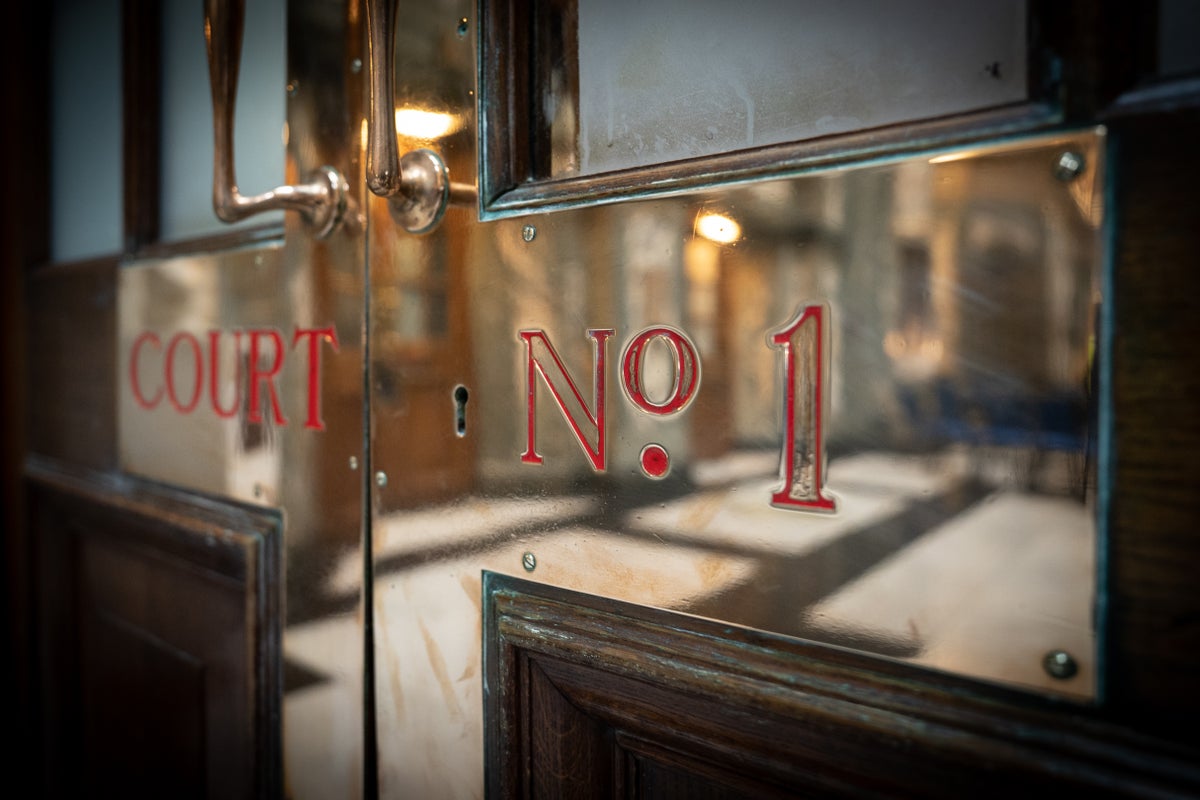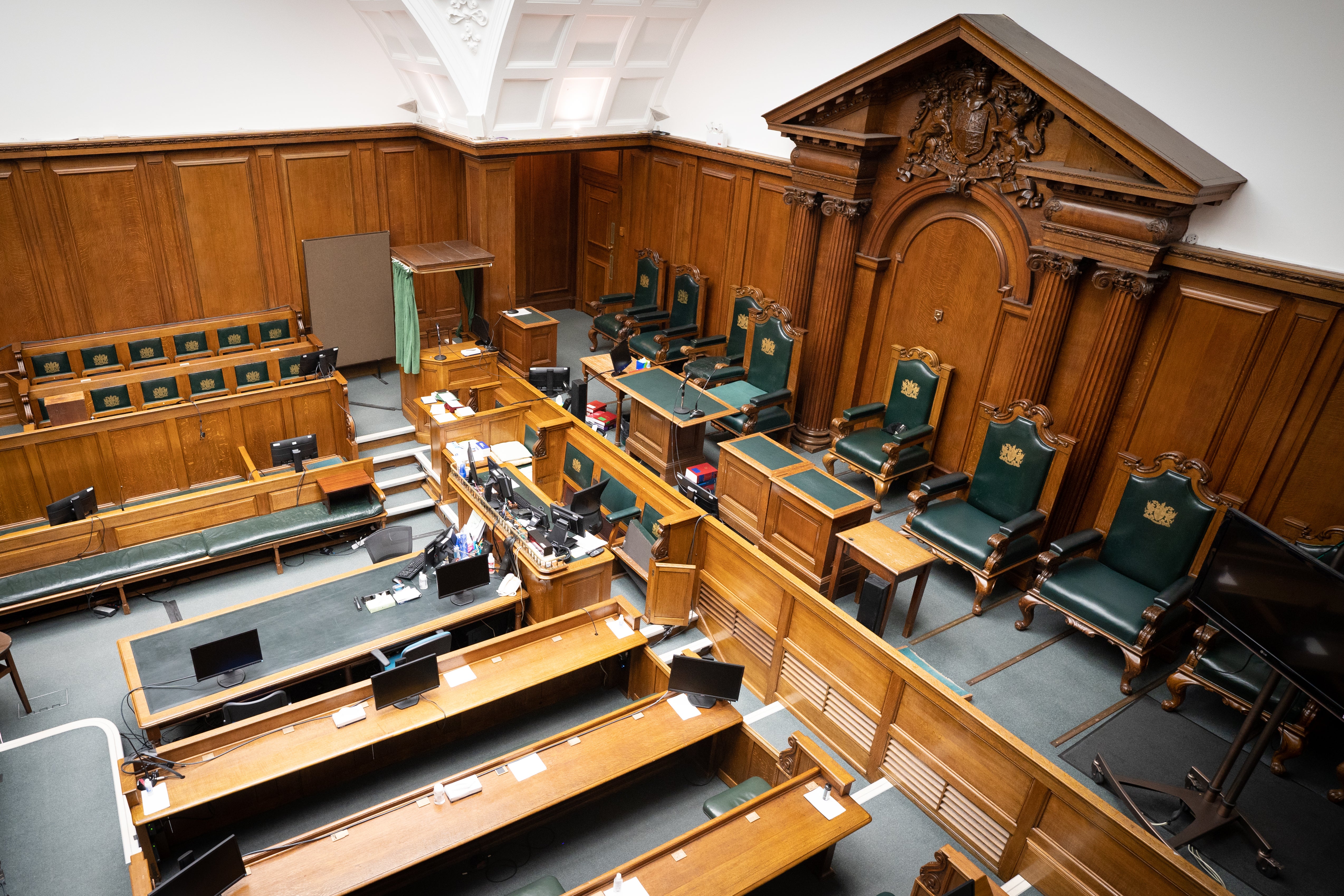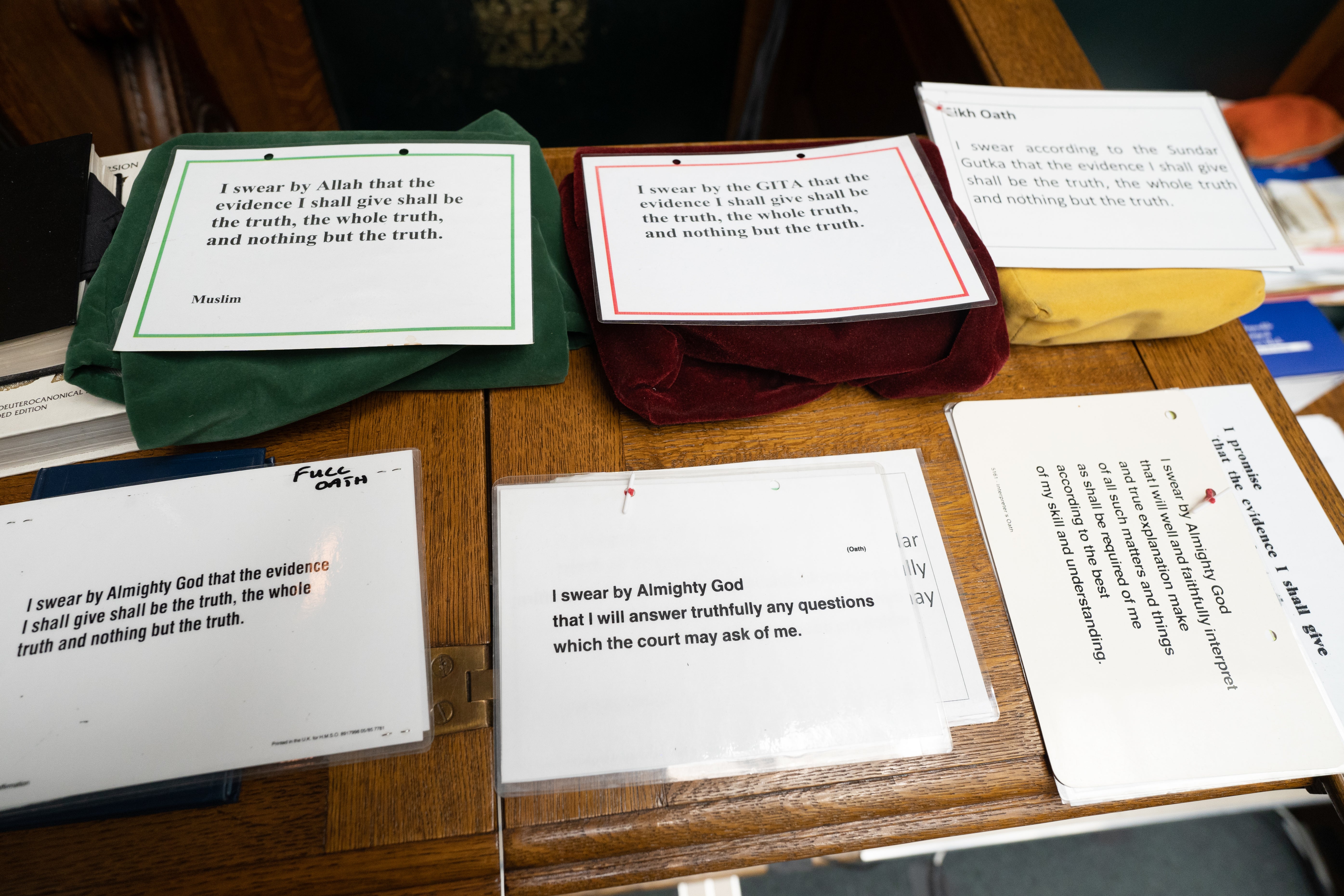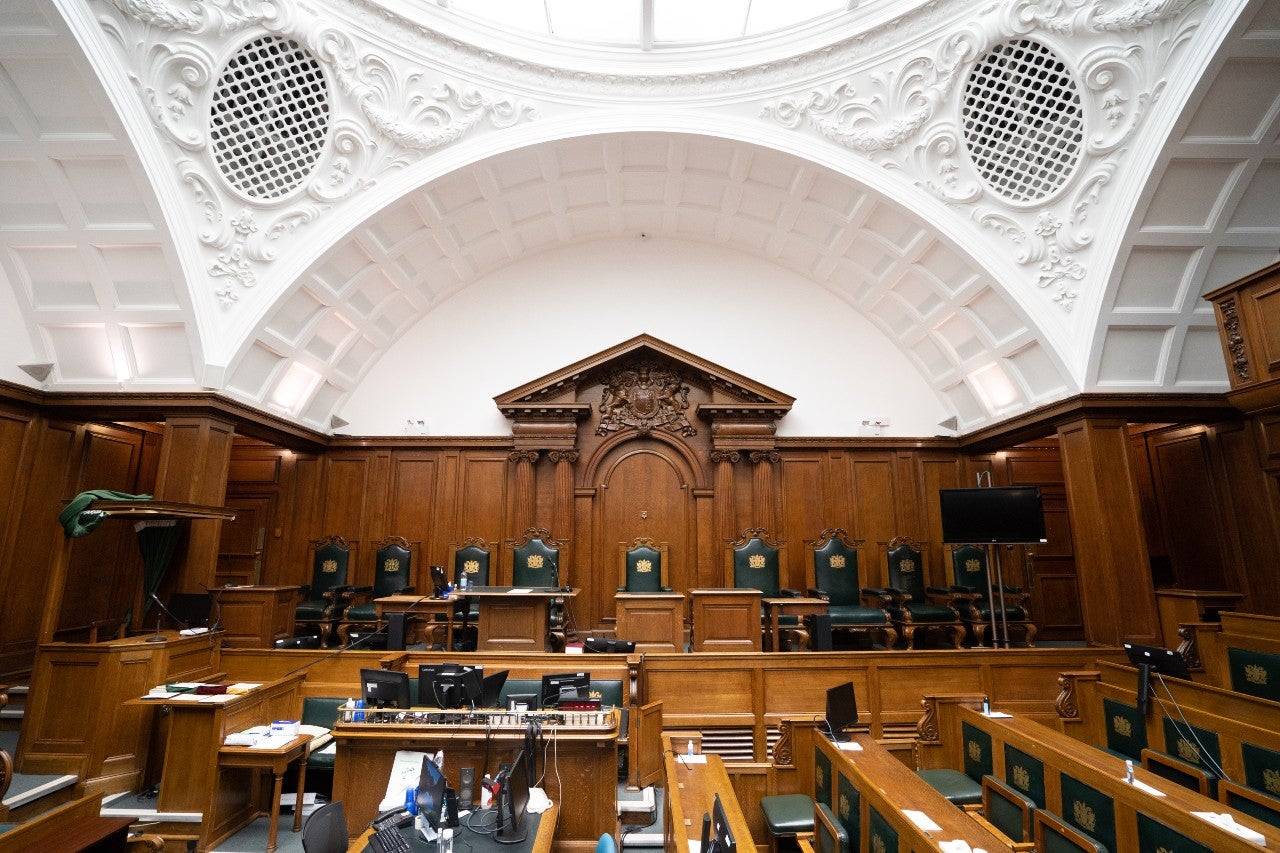
“Disneyland” forums and “celebrity judges” or a welcome boost to open justice – the issue of television cameras in criminal courts has sparked fears and cautious optimism in the past.
On Thursday, a little-known manslaughter case will go down in legal history as the first sentencing to be filmed in a criminal court in England and Wales.
The case is being heard in Court Two of the Old Bailey, which lies in the oldest wing of the historic building in central London off the Great Hall.
Similar in size and appearance to its more famous sister, Court One, it is commonly used for high-profile terrorism trials such as the Manchester Arena bombing, Buckingham Palace sword attack and the murder of Fusilier Lee Rigby.

Judge Sarah Munro QC will be the first senior circuit judge to have her sentencing remarks televised.
The judge, who presided over the high-profile inquest of the four victims of serial killer Stephen Port, was among an intake of female judges in recent years that brought gender parity to the Old Bailey for the first time.
Moves to allow a judge’s reasons for passing a certain sentence in a criminal case to be filmed have been under consideration for several years.
But plans were put on hold for two years during the Covid-19 crisis despite receiving backing in the Lords.
Since then, the proposal has arguably been eclipsed by the rapid rollout of video link access to criminal courts, helping to keep courts running in the pandemic.
This has enabled journalists and some members of the public, as well as members of the legal profession, to join hearings remotely from home or other locations around the country.
Under the Crown Court (Recording and Broadcasting) Order 2020, High Court and Senior Circuit judges are permitted to be filmed as they hand out penalties in criminal cases.

In June 2020, the order received cross-party support in the Lords despite concerns by one peer that it risked creating “celebrity judges”.
Only the sentencing remarks may be filmed and no other court user, such as defendants, victims, witnesses, jurors or staff, will be caught on camera.
Ministry of Justice spokesman Lord Keen of Elie said at the time that the change was a sensible and proportionate means of making courts more accessible and transparent.
“It will give the public access and insight to court decisions while continuing to protect the integrity of the court and the rights of victims and defendants,” he said in a hybrid sitting of the House.
Labour former attorney general Lord Morris of Aberavon welcomed the “putting our toes in the water” approach being taken by ministers.
He said sentencing remarks could unexpectedly become very sensational and a consequence of the order would be that judges would exercise extra care, which would be for the good.

Tory former minister Lord Bourne of Aberystwyth welcomed the change but warned about the risk of creating “celebrity judges”.
He told the Lords: “We don’t want a Disneyland legal forum as they have in the USA.”
At the same time, peers also approved the Court of Appeal (Recording and Broadcasting) Amendment Order 2020 which will allow the broadcasting of judgments and advocates’ arguments in selected family proceedings.
Filming or taking pictures in a Crown Court case in the UK had been banned from 1925.
Anyone caught breaching the rules risks being found in contempt of court.
Though not a criminal offence, contempt of court can still result in a prison sentence.
For example, in July 2019, ex-English Defence League leader Tommy Robinson was jailed for nine months for contempt of court – although not for filming inside court.
The case – again heard in Court Two of the Old Bailey – found he had interfered with the trial of a sexual grooming gang at Leeds Crown Court in May 2018 by live-steaming a video outside court in breach of reporting restrictions.
Despite the bar on TV in criminal courts, in 2004 a few cases in the Court of Appeal were filmed on a trial basis.
The Supreme Court allowed it in 2009 and filming in the Court of Appeal has become common since 2013.







